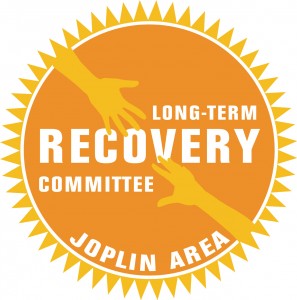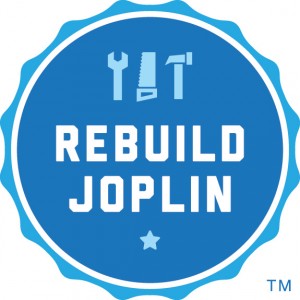 Students in Dr. Lyn Gattis‘ Spring 2012 graduate professional writing course completed a project to aid long-term tornado recovery efforts in Joplin, Mo. Adam Lockwood, Ramey McCracken, Katherine Wertz, Nick Carrington, Tavia Pennington, Kristie Reynolds and Amber Salmon created documentation to help the Joplin Area Long-Term Recovery Committee (LTRC) and Rebuild Joplin organizations use Mindjet Connect Action, an online, open-source project management program. The documentation included a print manual of about fifty pages in length and an accompanying video tutorial created using Camtasia, a popular screen recording and video editing program.
Students in Dr. Lyn Gattis‘ Spring 2012 graduate professional writing course completed a project to aid long-term tornado recovery efforts in Joplin, Mo. Adam Lockwood, Ramey McCracken, Katherine Wertz, Nick Carrington, Tavia Pennington, Kristie Reynolds and Amber Salmon created documentation to help the Joplin Area Long-Term Recovery Committee (LTRC) and Rebuild Joplin organizations use Mindjet Connect Action, an online, open-source project management program. The documentation included a print manual of about fifty pages in length and an accompanying video tutorial created using Camtasia, a popular screen recording and video editing program.
Dr. Renee White, who is a clinical instructor in the University’s School of Social Work and chairperson of the Joplin Area LTRC, guided Gattis and her students to the project. She says that the documentation will help the organizations fulfill their need for efficient communication and coordination of tasks as they work toward long-term recovery efforts, which include both construction and social services.
“The Joplin Area Long Term Recovery Committee and Rebuild Joplin are frenetically engaged in tornado recovery and do not have the luxury of convening multiple meetings on a weekly basis to accomplish the goals and tasks,” White explains. “The documentation project brings hands-on utility to the Mindjet Connect Action program via the production of a User Guide and tutorial for each of the LTRC Executive Committee members.”
“As a faculty member of the MSU community, I appreciate the University reaching out to the Joplin community for ‘real world learning’; it is greatly appreciated!” White adds.
Gattis explains that students put in considerable time and effort on the project, both in learning the software and translating that knowledge to the documentation.
“To produce both forms of the documentation, the students spent many hours in and out of class learning the software, testing drafts, and editing for clarity and consistency,” Gattis says.
 Ramey McCracken describes working on the project as “a wonderfully fulfilling experience.”
Ramey McCracken describes working on the project as “a wonderfully fulfilling experience.”
“As a team, we were able to really utilize our diversified interests and our technical writing and design skills in order to pull together a project that really mattered to us, to Missouri State, and to the Joplin community,” McCracken says. “It was a project we knew served to benefit something greater than ourselves, something greater than any grade or any individual achievement in a course.”
Katherine Wertz adds that effective group project management helped them overcome many of the project’s challenges, which included time limitations, the logistics of working with clients in another city, and coordinating group efforts.
“I enjoyed working with my group members,” Wertz says. “All of them are very talented, organized individuals who always did their work well and when we needed it to be done. I think having a group like that makes a project very enjoyable as well as successful.”
Wertz also cites Gattis’ expertise as a factor in the project’s success.
“Dr. Gattis provided a lot of good advice and guidance throughout the whole project,” Wertz adds. “Without her, we would have had a lot harder time working our way through our project. Good teachers like her make all the difference in creating fulfilling classroom experiences.”
Many University faculty and staff members also contributed to this project. Kristi Oetting from Computer Services trained the students in using Camtasia. Bruce Richards and Jo Mattson from the Faculty Center for Teaching and Support coordinated and produced the video tutorial. Additionally, Katherine Nordyke, Shellie Jones and Donna Hanley from the office of Citizenship and Service Learning volunteered for usability testing of the documentation.
The Joplin Long-Term Recovery Committee logo was created by Dustin Storm of 4 States Advertising in Joplin. Rebuild Joplin’s logo and website were developed by SPI Creative.
